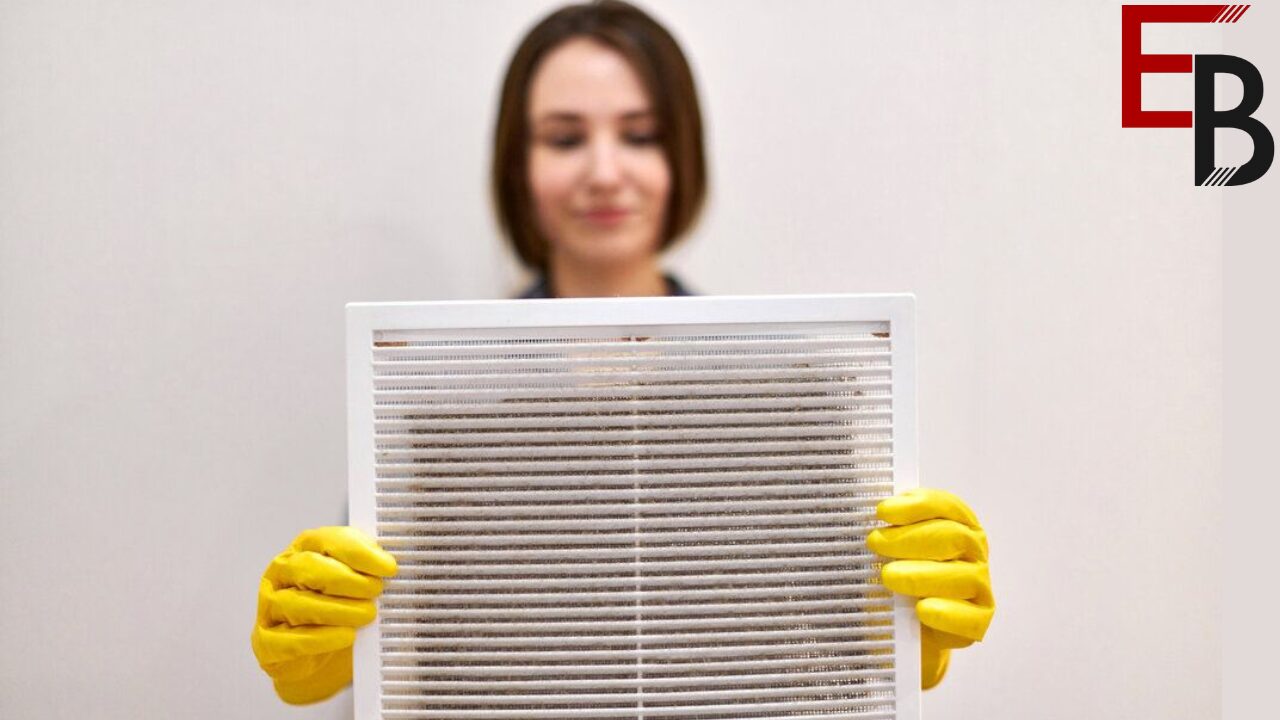How to Properly Choose and Replace Your Furnace Air Filter: Expert Tips

The heart of a home’s heating system, the furnace, relies on a small yet crucial component—the air filter. Choosing and replacing this filter is not only essential for the furnace’s efficiency but also for maintaining indoor air quality.
This article provides expert tips on selecting and replacing furnace air filters. From understanding different furnace air filter sizes to knowing the ideal replacement intervals, our guide aims to empower homeowners with the knowledge to ensure their heating systems operate at peak performance while fostering a healthier living environment. Join us on a journey through the nuances of furnace maintenance as we uncover the critical considerations in keeping your home warm and air clean.
Determine the Right Filter Size
Accurate sizing of your furnace air filter is crucial for its optimal performance and the overall efficiency of your HVAC system. The first step in determining the correct filter size is to check your furnace owner’s manual for the recommended dimensions. If the manual is unavailable, you can measure the existing filter or the slot to determine the correct dimensions.
It is important to note that the dimensions refer to the filter’s length, width, and depth. Consulting with a professional HVAC technician can also provide valuable guidance in selecting the right filter size for your furnace, ensuring cleaner air and improved system longevity.
Consider Filter MERV Ratings
MERV stands for Minimum Efficiency Reporting Value, a standardized measurement that rates the filter’s ability to capture airborne particles. The higher the MERV rating, the more efficient the filter is in trapping smaller particles, such as dust, pollen, pet dander, and even bacteria. MERV ratings typically range from 1 to 16, with higher ratings indicating better filtration.
However, it is essential to balance filtration efficiency and airflow restriction. Filters with higher MERV ratings tend to have denser materials, which can reduce airflow and strain the HVAC system if incompatible with its specifications. Therefore, it is crucial to consult an HVAC professional to determine the appropriate MERV rating for your needs, ensuring optimal air quality without compromising the system’s performance.
Check for Air Flow Restrictions
A restricted airflow can strain your HVAC system unnecessarily, leading to decreased performance and potentially higher energy bills. Start by inspecting your air vents and registers for blockages or obstructions such as furniture, curtains, or debris. Clear away any obstacles to allow for proper air circulation.
Additionally, check the furnace air filter for dirt and dust buildup. A clogged or dirty filter can impede airflow and decrease the system’s efficiency. Replace the filter if it appears dirty or has been used for an extended period.
Remember to select a filter with the appropriate MERV rating that balances filtration efficiency and airflow restriction. Regularly checking for airflow restrictions and maintaining a clean and efficient system can ensure optimal performance and air quality in your home.
Replace Every 1-3 Months
Regularly replacing your furnace air filter is crucial for maintaining a clean and efficient HVAC system. Over time, air filters become clogged with dirt, dust, and other particles, obstructing proper airflow and reducing the system’s performance. To prevent this, replacing your furnace air filter every 1-3 months is recommended, depending on factors such as the filter type, your home’s air quality, and the frequency of system usage.
By adhering to this maintenance schedule, you can ensure optimal airflow, improve energy efficiency, and prolong the lifespan of your furnace. Remember, a clean air filter enhances the system’s performance and contributes to better indoor air quality, promoting a healthier and more comfortable living environment.
Consult an HVAC Professional
To ensure that you are correctly choosing and replacing your furnace air filter, it is highly recommended that you consult an HVAC professional. These experts have the knowledge and experience to guide you in selecting the right type and size of filter for your specific HVAC system. They can also provide valuable insights into the best practices for filter replacement, including the proper installation techniques and replacement frequency based on your unique circumstances.
Additionally, HVAC professionals can assess the overall condition of your system and provide any necessary maintenance or repairs to optimize its performance. By consulting an HVAC professional, you can have peace of mind knowing that you are making informed decisions and taking the necessary steps to keep your furnace running efficiently and effectively.
Conclusion
Choosing and replacing your furnace air filter is essential to maintaining a healthy and efficient home. By following these expert tips and taking the time to research and select the right filter for your specific needs, you can ensure that your furnace is functioning correctly and your indoor air quality is optimized.
Don’t overlook this crucial step, and regularly replace your filter to keep your furnace running smoothly for years to come. Remember, if you have any doubts or questions, consult a professional in the HVAC industry for further guidance and assistance. Your home and your family will thank you for it.
